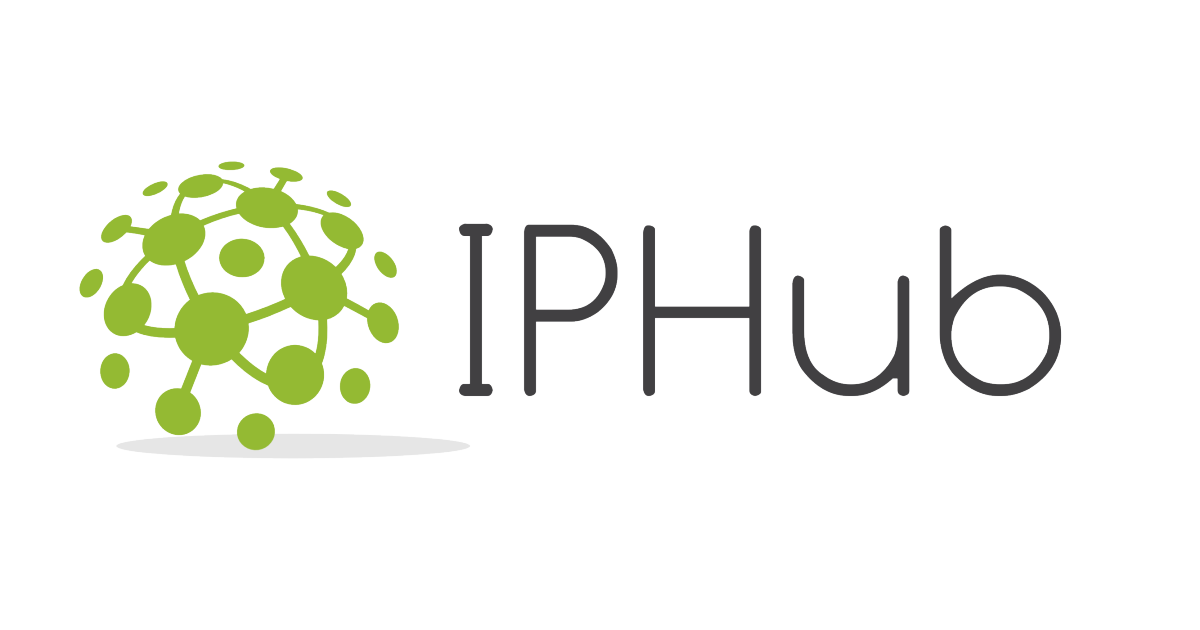📝 Continuation from Previous Article
This was created in response to requests for a “free version trial” following “J-E Translation Review Prompt Chain by an Outbound-Patent Engineer”.
This time, we’ll introduce a prompt chain that works on Claude free version with a practical example.
Following the previous article on J-E Translation Review Prompt Chain, we received feedback that “it can’t be tried without the paid version.”
Indeed, jumping straight to the paid version can be daunting.
So this time, we’ve created a prompt chain that can be tried on Claude.ai free version without any app installation, accessible through any browser. The subject is patent specification reference sign checking.
For those wondering “What is a prompt chain?” or “What does step-by-step processing mean?”, you can experience the actual workflow.
🎯Why We Chose Reference Sign Checking
Patent specification reference sign checking involves verifying that reference signs in drawings (10, 11, 12, etc.) match their descriptions in the specification.
- Reference sign “25” appears in drawings but isn’t explained in the specification
- The specification mentions “connecting member 30” but there’s no “30” in the drawings
Such inconsistencies are surprisingly easy to overlook and can hinder examiner understanding.
Since this involves “extraction,” “comparison,” and “listing” tasks that AI excels at, we expected it to work well even on the free version.
⏱️Development Process: From Idea to Implementation
It Started with a Lunch Break Idea
“Translation checking might be too complex, but reference sign checking could be achievable even with Claude.ai free version, right?”
This thought came to me during lunch, and I started chatting with Claude.ai during my afternoon break.
Build-as-You-Go Development Style
Me: "I want to do patent specification reference sign checking with a prompt chain" Claude: "I suggest a step-by-step approach..."
No special knowledge was required. I simply explained the everyday work challenges and said “I’d like to try this step-by-step.”
From Dialogue to Implementation and Improvement
- 5-stage structure
- Verification points for each stage
- Specific prompt text
The basic template was completed quickly through AI dialogue. Later, through actual testing, we added features like 2-stage processing in Stage 3 and error detection capabilities, evolving it into a more practical tool.
🔧Free Version Testing: Works Well with Some Ingenuity
Materials Used for Testing
We tested using randomly selected international publication No. WO 2020/088409 A1 (international application No. PCT/CN2019/113704) and its national phase data processed for this purpose.
Actual Operation
💡 No App Installation Required!
Claude.ai free version can be accessed simply by visiting claude.ai in your browser. No app installation or download is required.
Usage is Very Simple:
- Open a new Claude.ai chat
- Drop 4 files into the first box:
- Prompt chain template (.md)
- Reference sign check specification (.txt)
- Sample FIG.1 (.png)
- Sample FIG.2 (.png)
- Instruct: “Please perform specification reference sign checking using the prompt chain template”
Then, at the end of each stage:
- Type “Yes” to proceed to the next stage
- Describe any issues if problems arise
That’s it! The 5-stage reference sign check will execute sequentially.
It worked even without using Project Knowledge – simply copying and pasting the template was sufficient.
💡Experience the “Movement” of Prompt Chains
5-Stage Structure
- Reference Sign Extraction from Drawings: Read all signs from the drawings
- Hierarchical Relationship Analysis: Organize parent-child relationships between signs
- Reference Sign Extraction from Specification: Paragraph-by-paragraph scanning and occurrence counting (2-stage method)
- Cross-checking Drawings and Specification: Detect inconsistencies and errors
- Comprehensive Report Creation: Summary of issues and correction proposals
Peace of Mind Through Step-by-Step Progress
Rather than processing everything at once, you can verify at each stage:
- “Does the sign extraction look correct?”
- “Is the hierarchical relationship interpretation appropriate?”
- “Are there any oversights in the cross-checking results?”
If problems arise, you can give correction instructions mid-process, making you feel the sense of collaborating with AI.
⚠️Usage Precautions
Handling Confidential Information
- We recommend testing with published patent documents
- Exercise caution when handling unpublished invention content
- Please check the terms of use for each AI service
Organizational Use
- Please check your company/firm’s IT usage policies
- If AI usage guidelines exist, please follow them
Result Interpretation
- Use AI analysis results as reference information
- Always have humans make final technical judgments
- Expert verification recommended for important cases
📝Summary
The patent specification reference sign checker proved to be ideal subject matter for experiencing the movement of prompt chains.
Simple: Basic tasks of sign extraction and comparison
Practical: Functional including error detection
Free Version Compatible: Achieves good performance with ingenuity
Educational: Experience the value of step-by-step collaboration
While not a perfect tool, it’s effective as an entry point for learning new collaborative methods with AI.
If you’re interested, please try it with published patent documents. You’ll surely discover “AI can do this too!”
Free Download: Reference Sign Checker Experience Set
A prompt chain template with ready-to-test sample files.
ZIP file contains:
・Prompt chain template (iphub-ref-sign-ck-pc-en-20250711-1.md)
・Sample specification (spec sample_en.txt)
・Sample FIG.1 (drawing sample_FIG1_en.png)
・Sample FIG.2 (drawing sample_FIG2_en.png)
After extraction, load each file into Claude.ai for use
Testing Tip
Try deliberately changing reference signs in the specification (e.g., change “clamp ring 122” to “clamp ring 123”) to see if the AI can detect inconsistencies. You can actually experience how the prompt chain discovers problems.
📚 Related Articles
▶️ “J-E Translation Review Prompt Chain by an Outbound-Patent Engineer” – More advanced use cases
▶️ “Claude-Assisted MCP Server Setup Guide” – Basic setup methods
▶️ “Outbound-Patent Engineer Tries Patent Family Search with Generative AI” – Research task applications
This article is based on information as of July 11, 2025.
Development Cooperation: This template was developed and improved through dialogue with generative AI (Claude).

